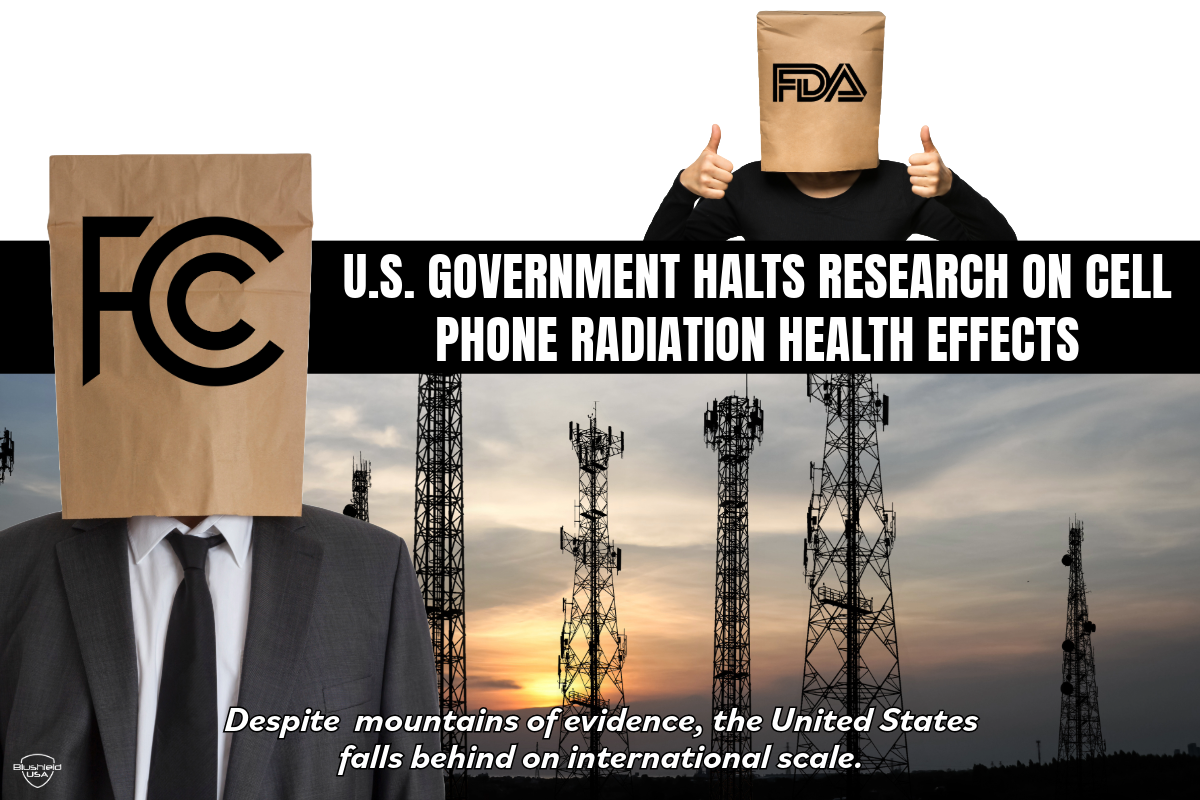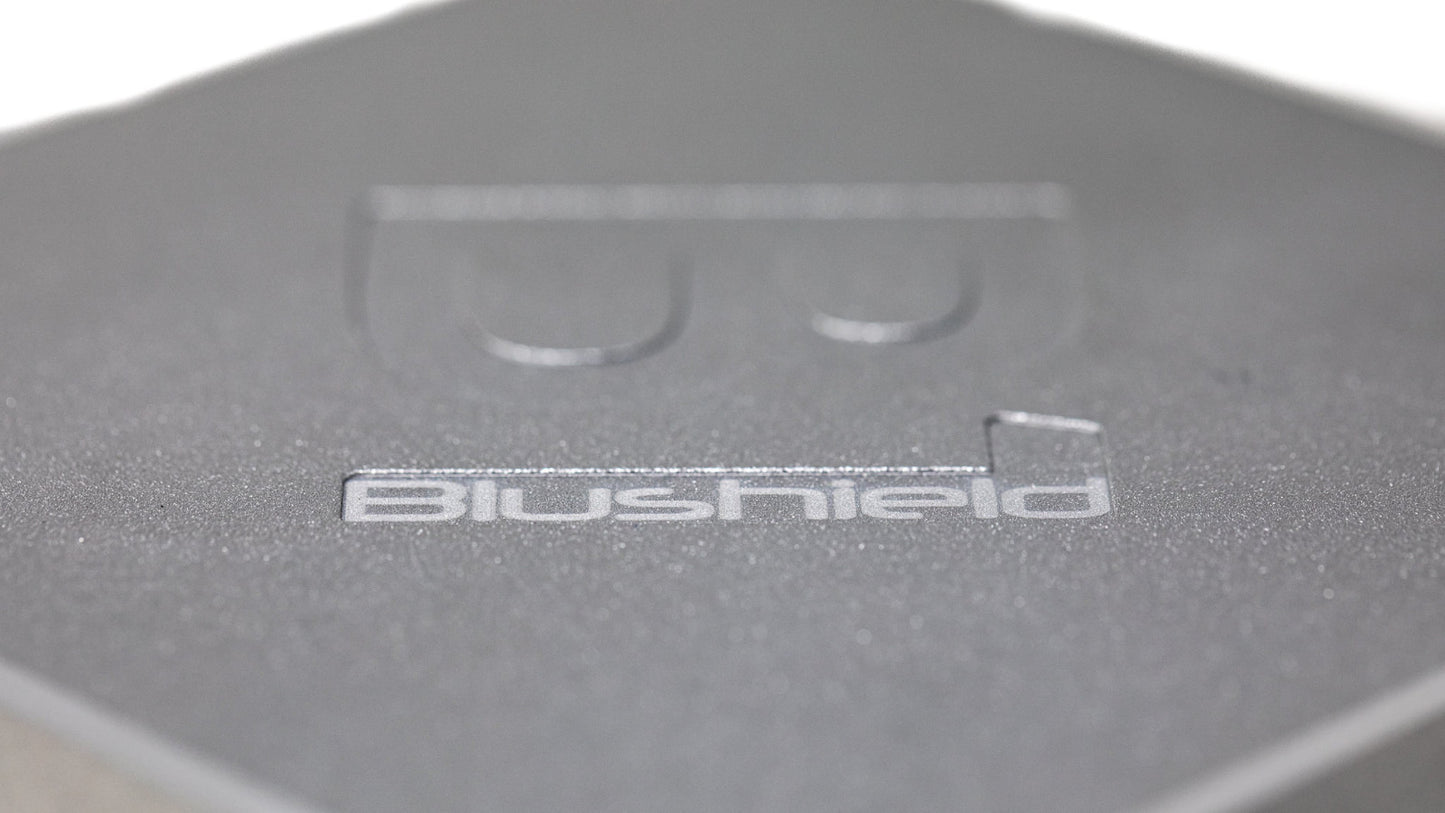
So far, none of the United States government commissioned studies on the health effects of cell phone radiation, contrary to their self-admitted expectations, have brought good news for the cell phone companies. The unexpectedly incriminating results of the 2018 National Toxicology Program (NTP) study on the effects of cell phone radiation on mice and rats have become widely known, despite subsequent government attempts to change the public’s perception of what the results mean, by attempting to discredit the design and methods of their very own study.
This massive 10-year-long study, funded by 30 million dollars of U.S. taxpayer money and designed and implemented by experts in the field of study design, carefully ensured that this study on rodents could be translated as seamlessly as possible to human health. One advantage of studying a possible carcinogen on mice and rats rather than on humans (besides the obvious ethical concerns) is that the rodents’ lifespans are just a small fraction of a human lifespan. This means that results can be determined within a reasonable period of time, and time is of the essence when it comes to an active, current exposure source with previously undecided health effects. The sooner we can discover serious health issues from an element we are already exposed to 24/7, the sooner action can be taken to reduce or eliminate those exposures.
The results from the NTP study found “clear evidence of carcinogenicity” of cell phone radiation on rodents. This was especially clear in male rats, where statistically significant numbers in the test group developed cancerous heart tumors (malignant schwannomas), as well as a particularly deadly type of brain tumor (malignant gliomas). They also found some evidence of adrenal gland tumors in the male rats, DNA damage in both male and female rats, and low birth weights in the offspring of the female rats born during the study. Interestingly, the rare and deadly gliomas found in this study are the same type that have been found in human epidemiological studies on cell phone use.
Two years after the study was officially completed in 2016, a peer review board assessed the study to determine the quality of the design and accuracy of the results. This board of expert pathologists and toxicologists unanimously praised the study’s design and execution, but emphasized that they feel the NTP downplayed the seriousness of the results in their initial assessment. In their own estimation, the danger was considerably higher than previously assumed.
In the following years, the FDA and FCC’s official websites tried to discredit their own study, claiming that the rodents were exposed to much higher levels of cell phone radiation, proportionally, than humans are on a daily basis, therefore the results are not applicable to humans. This is extremely contradictory, as the whole purpose of the study was so it could be applied as closely as possible to human exposure levels, and the peer review board agreed that the study was perfectly designed to this end.
Since discrediting the study didn’t really work, the government’s recent update on this matter is a more straightforward admission of the harm discovered, while still weakly downplaying its relevance to humans. You can read the 2024 report from the National Toxicology Program here:
National Toxicology Program: Cellphone Radio Frequency Radiation Studies
The most interesting thing about this report is the vague reference to subsequent studies near the end of the document, under the heading Is the NTP work on cellphone RFR completed?
Their answer is cryptic, and begs several questions:
“Yes. NIEHS scientists conducted follow-up research to better understand some of the findings seen in the earlier RFR rodent studies. A novel small-scale RFR exposure system was developed. The researchers tested the new exposure system using in vivo rodent studies. The research was technically challenging and more resource-intensive than expected. No additional RFR studies are planned.”
Our first question is, where is this follow-up research that was supposedly done? There are no links to studies published as a result of this research. Did they begin the study by creating a new exposure system, testing the system, then decided to abandon the study midway through because it was too difficult? We have a hard time believing that the U.S. government lacks resources.
What actually happened during this research period, we wonder? The end statement that no additional RFR studies are planned is quite concerning. If government agencies had already concluded that enough studies have been done to feel reasonably certain that there are, or are not, negative health effects from RFR, then ceasing plans for future studies would make more sense.
However, the FCC especially (as defendants in lawsuits on health harm from the FCC’s outdated exposure guidelines) loves to state that there isn’t enough research to clearly show harm from cell phones. If this was true, doesn’t that mean that research needs to be actively and urgently pursued, until definitive proof of harm or non-harm is found?
Devra Davis, PhD, and President of the Environmental Health Trust, shares her opinion of the 2024 NTP announcement:
“The government’s decision to stop funding research on cell phone radiation is consistent with the Chinese proverb, “If you don’t want to know, don’t ask.”
The US government has a variation of that in policy of, “don’t ask, don’t tell”. If you don’t want to know whether cell tower radiation is having a biological impact, stop doing the research!”
United States RFR exposure limits exponentially higher than numerous other countries
The obstinate and stubborn refusal to accept the large body of work showing clear evidence of radio frequency radiation harm by the U.S. government and the telecoms is almost unique to the United States. Of developed countries, only Japan’s RFR exposure level guidelines are set at the same recklessly high level as the United States, somewhat closely followed by Australia. Many other countries have limits that are 10 to 100 times lower than FCC limits, and/or have policies to reduce exposure near schools and homes designated as “sensitive” areas.
Countries leading the way in awareness and sensible laws and guidelines for the radiation exposure of their populace include France, Italy, India, Russia, Switzerland, Israel, Chile, Croatia, Ukraine, Kuwait, Belgium, Bosnia, Herzegovina, Greece, Belarus, Georgia, Serbia, Slovenia, Montenegro, Croatia, Bulgaria, Turkey India, Liechtenstein, Tajikistan, Kazakhstan, Uzbekistan, Kyrgyzstan, Moldova, Kuwait, Republic of Moldova, Iraq, and surprisingly even China.
France is the best example we’ve seen of a country implementing responsible and science-based safety guidelines. In 2015, they passed a national law with several requirements for reducing their peoples’ wireless radiation exposure. This included a complete Wifi ban in nursery schools (where children under 3 are cared for), a recommendation to minimize Wifi in elementary schools by turning it off when not in use, routinely enforced cell tower emission compliance testing, and the clear labeling of public Wifi hotspots. Then in 2019, they ordered that cell phone companies widely recommend the use of the speakerphone setting to reduce radiation exposure, and every phone purchased in France comes with a user warning to keep the phone far away from the belly of pregnant women and the abdomen of adolescents.
The requirements also include a vast public information campaign on safe exposure practices. The SAR rating of cell phones must be clearly indicated on the box of all cell phones being sold, as well as information pamphlets on reducing exposure included inside every box. If the buyer of a cell phone intends to allow children under 14 to use the device, they must be provided upon request with equipment that will reduce radiation exposure to the child’s head. Any advertisements for cell phones must display equipment used to reduce exposure to the head, such as hands-free kits. Any company that fails to advertise safe use is fined 75,000 Euros.
These requirements and guidelines reflect the precautionary principle that many countries have wisely begin to implement, as evidence of harm continues to accumulate.
India dropped their exposure limits to 1/10th of the previous level after their government compiled a report of the many research studies that found damage to birds and bees from cell tower radiation.
In addition to France, several other countries have implemented complete Wifi bans in nursery schools and kindergartens, including Israel, French Polynesia, Cyprus, and various municipalities throughout Europe. There is also a big movement towards Wifi bans in elementary schools throughout Europe, or at least a sensible minimization of exposure. Much of this may be in response to a Resolution passed by the European Parliament in 2011, advising governments to take all reasonable measures to reduce EMF exposure, especially with children, who are most at risk of adverse events like head tumors. It encourages schools to give preference to wired internet connections over Wifi, and to strictly regulate the use of cell phones by schoolchildren on school premises.
Spain and Italy have been especially responsive to this resolution, and 500 municipalities in Italy have even passed resolutions to halt 5G deployment until safety research has been done. Russia has its own guidelines that minimize Wifi exposure to children in schools, and their exposure limits for cell tower and cell phone radiation are just a small fraction of the United States limits. With one of the longest histories of microwave radiation research of any country, of over 100 years, it’s no wonder that Russia respects and so strictly observes the precautionary principle in this regard. Even China’s exposure limits cite the precautionary principle, and we do not tend to think of China as a low EMF country, as they were considered our main competitor in “the race to 5G”.
Wireless radiation awareness is increasing in “the land of the free”
As you may now realize, not all countries are as resistant to acknowledging the true health harms from wireless radiation as the United States seems to be. However, that doesn’t mean we aren’t making progress. Many local municipalities are taking matters into their own hands, even when it feels like swimming upstream. New Hampshire has established a commission to study the health and environmental impact of 5G. In Maryland, the Children’s Environmental Health and Protection Advisory Council has published recommendations for safer use of Wifi in schools. Berkeley, California retail stores are required to inform buyers that keeping a cell phone in a pocket or bra may expose the user to RF levels beyond the legal limits.
We can’t afford to wait for the government to start caring about our health. The truth is that the biggest change is happening at the grassroots level, from individual humans educating themselves, then sharing their knowledge with their families, friends and local officials. This type of change is the most powerful, as we are not waiting for proclaimed authorities to tell us what’s good and bad, safe and unsafe: we are taking our health and safety into our own hands.
As this cascade of awareness grows, it’s going to put unbearable pressure on the government to acknowledge these pervasive truths. Our collective ignorance in past decades, assuming that our best interests are always represented by state and national policy, is dissolving as we wake up to our own power and inner authority.
References:
- National Toxicology Program: Cellphone Radio Frequency Radiation Studies – https://www.niehs.nih.gov/sites/default/files/NTP_cell_phone_factsheet_jan_2024_508.pdf
- $30M National Toxicology Program Study Shows Cell Phone Radiation is Carcinogenic – https://www.blushield-us.com/blogs/education/30m-national-toxicology-program-study-shows-cell-phone-radiation-is-carcinogenic
- Environmental Health Trust: “Statement by Devra Davis PhD on the U.S. Government National Toxicology Program Ceasing Research on Cell Phone Radiation” – https://ehtrust.org/statement-by-devra-davis-phd-mph-on-the-u-s-government-national-toxicology-program-ceasing-research-on-cell-phone-radiation/
- Environmental Health Trust: “France: New National Law Bans Wifi in Nursery School” – https://ehtrust.org/france-new-national-law-bans-wifi-nursery-school/
- Environmental Health Trust: “International Policy Actions on Wireless” – https://ehtrust.org/policy/international-policy-actions-on-wireless/
- India’s study report: “Impacts of radio-frequency electromagnetic field (RF-EMF) from cell phone towers and wireless devices on biosystem and ecosystem – a review” – https://ehtrust.org/wp-content/uploads/Impacts-of-radio-freq-emf-from-cell-phone-towers-.pdf
- European Parliament Assembly: “The potential dangers of electromagnetic fields and their effect on the environment” – https://assembly.coe.int/nw/xml/XRef/Xref-XML2HTML-en.asp?fileid=17994&
- Russian National Committee on Non-Ionizing Radiation Protection – https://www.scribd.com/document/182641315/RNCNIRP-Russia-Wi-Fi-Regulation-19-06-12-pdf
- Wireless Education: “Why are Some Countries Removing Wi-Fi in Schools and Others Not?” – https://www.wirelesseducation.org/1073-2/

